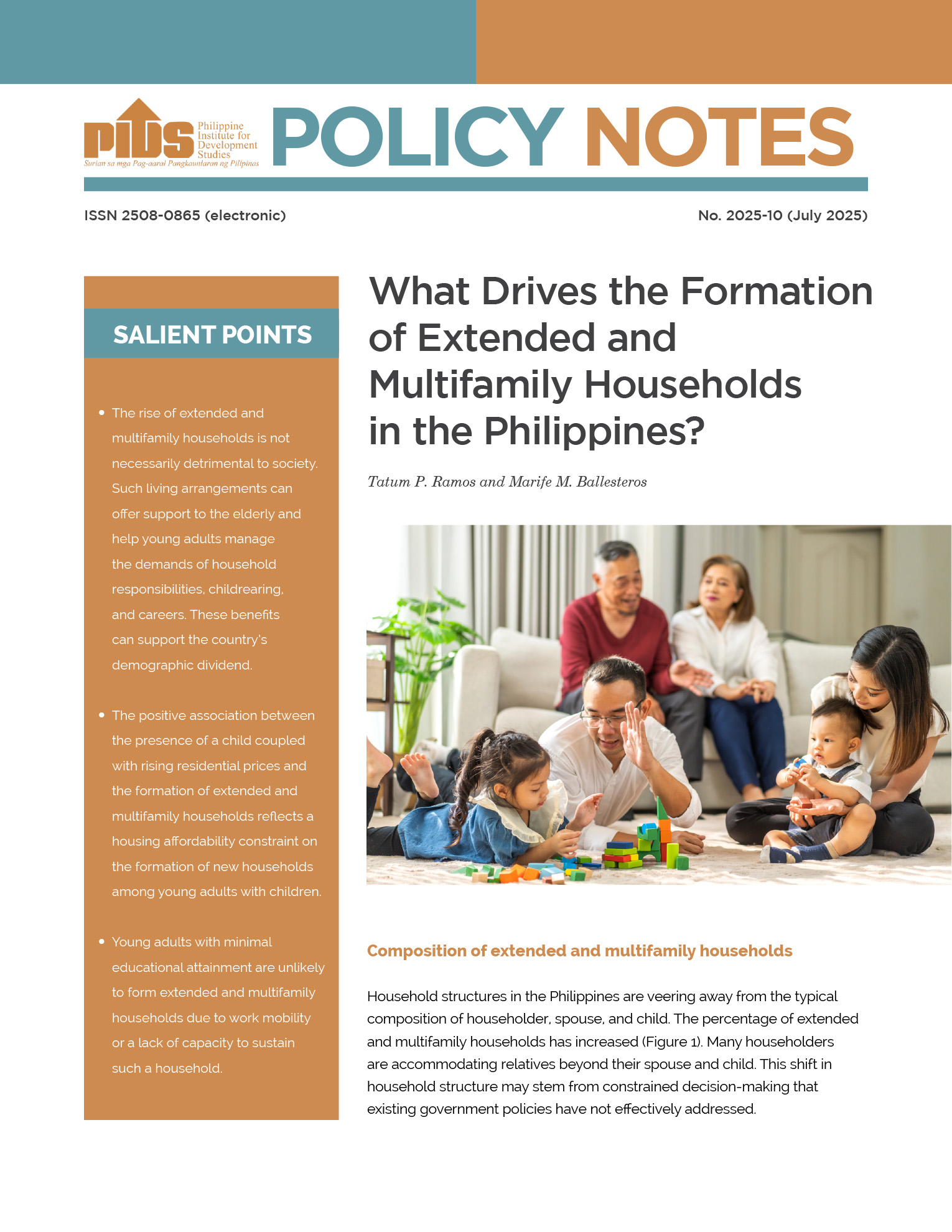First of two parts
The government sustained a number of flak while the Philippines and Japan were hammering out a free-trade agreement (FTA). Critics had feared the terms of the Japan-Philippines Economic Partnership Agreement (Jpepa) would be detrimental to the country’s interests.
Now on its seventh year of implementation, the Department of Trade and Industry (DTI) said the Jpepa has proven a boon for the Philippines. The DTI said the country’s lone FTA with Japan has lived up to its promise of expanding trade and investments.
In the first year of Jpepa’s implementation, Philippine exports decline mainly due to the 2008 global financial crisis. Data, however, showed a marked improvement in the country’s trade surplus with Japan.
"The full year of implementation was in 2009. If you took the six-year average growth of trade with Japan from that time, and compare that to the same period before the PJEPA, you will see that the trade surplus grew by sixfold, that’s one indicator. If our surplus before was $1 billion, now it’s $6 billion to $8 billion,” Trade Assistant Secretary Ceferino S. Rodolfo told the BusinessMirror.
Data from the Philippine Statistics
Authority (PSA) showed that in the second year of implementation, Japan surpassed the United States as the Philippines’s top trading partner. Japan has been able to maintain this despite the recovery of the US from the global financial crisis.
Tariff cuts
The Jpepa covered 5,968 tariff lines of Philippine imports. Tariffs on 66 percent, or 3,947 tariff lines, of imported Japanese goods were to be removed immediately, while 32 percent would be on a staggered tariff reduction schedule.
For Philippine exports, majority of the tariff lines for immediate tariff reduction covered
industrial goods, such as machines and mechanical appliances, electrical machinery and equipment, clothing and textiles, organic chemicals and pharmaceutical products.
Jpepa covered 7,476 tariff lines of Philippine exports, of which 80 percent, or 5,994 tariff lines, were for immediate tariff elimination. These products include electrical machinery and parts, road vehicles, telecommunication and sound-recording equipment. Philippine farm exports, most of which were marine products, were also subjected to immediate tariff elimination.
The government suffered a backlash from lobby groups in 2008 due to the "imbalance of concessions” in the Jpepa, as Japan was able to negotiate the exclusion of some 238 tariff lines from tariff elimination, while the Philippines’s was only able to exclude rice and salt. Japan was seen as especially
protective of its agricultural products, with half of its agricultural products being deferred for tariff elimination.
Japan committed for the tariff elimination
of products from the Philippines, such as yellowfin tuna and skipjack on the fifth year, and for small bananas only on the tenth year. Excluded from the tariff elimination are cigarettes containing tobacco, rice and rice-related products.
The Philippines committed to eliminate tariffs for a number of products, such as lobster, shrimp, crab, cashew nut, almond, walnut, hazel nut, grape, apple and pear. Manila also agreed to reduce tariff, over the next 10 years, for the rest of agricultural products. For rice, all tariff lines have been excluded from any tariff elimination, reduction or renegotiation.
Despite the lopsided numbers in tariff exclusions, the Philippines was still able to secure more concessions when it comes to tariff
reductions than Japan’s other bilateral partners.
According to a policy note by the Philippine Institute for Development Studies (Pids), among six other Asean nations, namely, Singapore, Malaysia, Thailand, Indonesia, Brunei and Vietnam, the Philippines got the highest liberalization rate from Japan.
In terms of utilization, exporters’ use of the Jpepa has gradually risen since the ratification of the Jpepa in 2008, according to Bureau of Customs data cited in the Pids report. This was tracked using the issuances of certificates of origin from the port of Manila.
A different scenario, however, can be seen for approved foreign investments. According to the PSA, investments approved by the country’s major IPAs have been on an "erratic” trend, due in part to the instability of the global economy.
While it has always ranked as second in terms of investments, Japanese investments in the Philippines peaked at P71 billion in the first year of Jpepa’s implementation in 2009. This figure dropped to P58 billion in 2010 but recovered in 2011, when investment inflows from Japan reached P78 billion. To be continued
Philippines reaps benefits of ‘lopsided’ free-trade agreement with Japan












